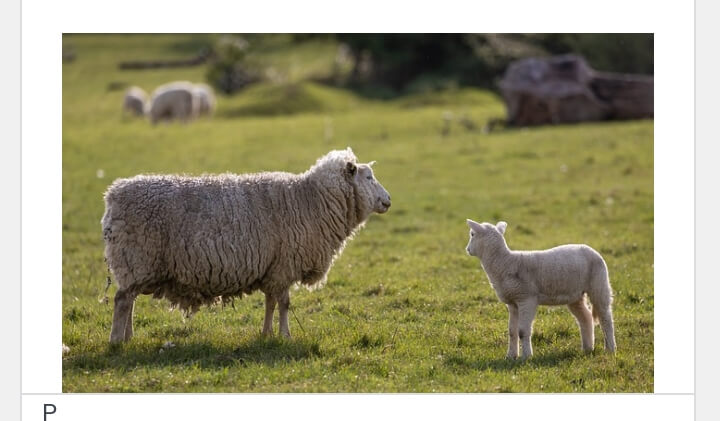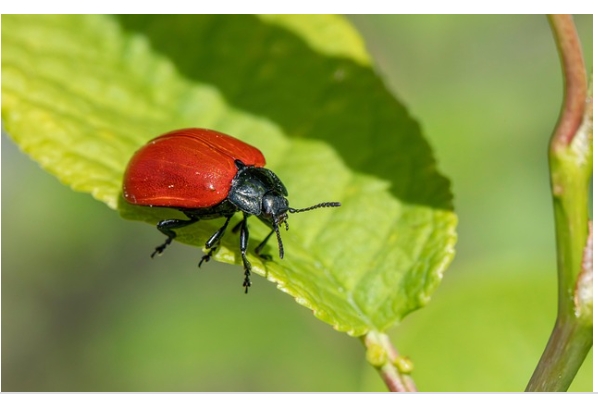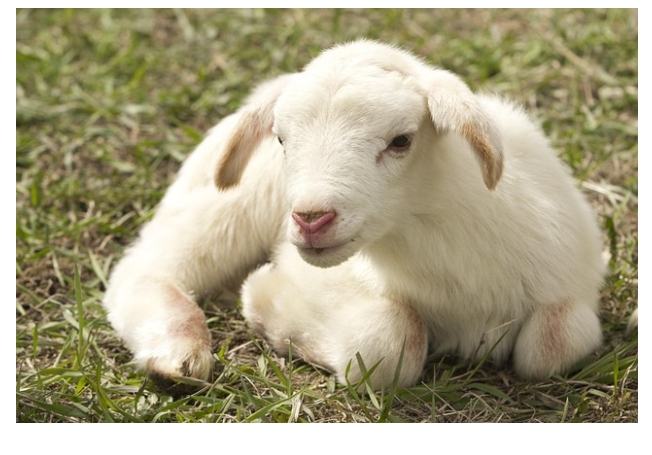Complete Guide to Rearing Farm Animals: Importance, Systems, and Management
Introduction
Rearing farm animals is an essential part of agriculture. It involves the proper care, feeding, and management of animals like chickens, cows, goats, rabbits, and snails. These animals provide us with food, clothing, and even income. However, successful animal rearing requires knowledge of different systems, proper feeding, pest control, and disease management.
In this comprehensive guide, we will explore the procedures for rearing farm animals, systems of rearing, common pests and diseases, and how to manage farm animals effectively. Whether you are a farmer, a student, or just curious about animal farming, this article will equip you with the necessary knowledge.
What is Rearing of Farm Animals?
Rearing farm animals means raising and taking care of animals for food, work, or commercial purposes. It involves feeding, housing, and ensuring their health and well-being.
Some common farm animals include:
-
Chickens – For eggs and meat
-
Cows – For milk, meat, and leather
-
Goats – For milk and meat
-
Rabbits – For meat and fur
-
Snails – For food and medicine
Farm animals play a significant role in food production and the economy. Without them, there would be a shortage of milk, eggs, and meat.
Importance of Rearing Farm Animals
Raising farm animals comes with many benefits, including:
-
Food Production – Animals provide milk, eggs, and meat, which are essential for human nutrition.
-
Income Generation – Many farmers sell animals and their products for profit.
-
Employment Creation – Animal farming provides jobs for farmers, veterinarians, and feed suppliers.
-
Manure Production – Animal waste is used as organic fertilizer to improve soil fertility.
-
Leather and Wool Production – Cows and sheep provide leather and wool for clothing and accessories.
Procedures for Rearing Farm Animals
Rearing farm animals involves several steps. These include:
1. Choosing the Right Animals
Before starting a farm, a farmer must decide which animals to rear based on:
-
Climate conditions – Some animals, like chickens, adapt to different climates, while others, like rabbits, need cooler environments.
-
Purpose – Are the animals being raised for milk, meat, or both?
-
Market demand – If the goal is profit, it is important to raise animals that are in high demand.
2. Building Shelter for the Animals
Animals need proper housing to protect them from harsh weather and predators. Examples include:
-
Coop – House for chickens
-
Hutch – Shelter for rabbits
-
Pen – Space for goats and pigs
3. Feeding the Animals
Animals must be provided with nutritious and balanced feed to ensure proper growth. Farmers must also provide clean drinking water.
4. Maintaining Hygiene and Health
A clean environment prevents diseases. Farmers must:
-
Clean animal houses regularly
-
Dispose of waste properly
-
Vaccinate and deworm animals
5. Keeping Farm Records
Farmers should keep records of:
-
Animal births and deaths
-
Feeding routines
-
Health treatments
This helps in monitoring the progress of the animals.
Systems of Rearing Farm Animals
There are three major systems of animal rearing:
1. Extensive System
-
Animals are allowed to roam and feed on natural vegetation.
-
It is low-cost but requires large land space.
-
Common in rural areas for cattle, goats, and sheep.
2. Intensive System
-
Animals are kept in small, enclosed spaces and provided with food and water.
-
Requires less land but higher feeding costs.
-
Used for poultry, piggery, and dairy farming.
3. Semi-Intensive System
-
A combination of intensive and extensive systems.
-
Animals have some freedom to graze but also receive additional feed.
-
Used for goats, sheep, and dairy cows.
Management of Farm Animals
Proper farm animal management ensures good health and productivity. Key areas include:
1. Feeding
Animals must receive a balanced diet. Their feed should include:
-
Carbohydrates – For energy (e.g., maize, cassava)
-
Proteins – For growth (e.g., fish meal, soybeans)
-
Vitamins and minerals – For good health (e.g., salt, vegetables)
2. Sanitation and Hygiene
-
Clean drinking water must be provided daily.
-
Farm animal waste should be removed to prevent diseases.
-
Animal shelters should be disinfected regularly.
3. Keeping Farm Records
Farmers should record:
-
Birth and death rates
-
Feeding schedule
-
Medication and vaccinations
This helps in detecting health problems early.
Common Pests and Parasites of Farm Animals
Farm animals suffer from attacks by pests and parasites, which cause diseases and reduce productivity.
Examples of Common Pests:
-
Ticks – Suck blood from cows and goats.
-
Lice – Affect birds and cause irritation.
-
Mites – Cause skin diseases in animals.
Examples of Parasites:
-
Tapeworms – Live in the intestines of animals and reduce their nutrition.
-
Liver flukes – Affect the liver of cattle and cause weight loss.
How to Control Pests and Parasites:
-
Regular cleaning of animal houses
-
Spraying animals with insecticides
-
Proper vaccination and deworming
Common Diseases of Farm Animals
Diseases affect the growth and productivity of farm animals. Some common ones include:
| Disease | Animals Affected | Symptoms | Prevention |
|---|---|---|---|
| Foot and Mouth Disease | Cows, goats | Blisters in the mouth and hooves | Vaccination and isolation |
| Newcastle Disease | Chickens | Coughing, weakness | Vaccination, hygiene |
| Swine Fever | Pigs | High fever, loss of appetite | Proper sanitation |
How to Prevent Animal Diseases:
-
Provide clean water and food
-
Keep animal houses clean
-
Isolate sick animals
-
Vaccinate regularly
Conclusion
Rearing farm animals is an important part of agriculture. Whether you are raising chickens, goats, or cows, proper feeding, sanitation, and disease prevention are key to success. By understanding different systems of rearing and effective management techniques, farmers can ensure healthy animals and higher productivity.
If you found this guide helpful, share your thoughts in the comments! What farm animal do you think is the easiest to rear? Let’s discuss!
FAQs on Rearing Farm Animals
Here are some frequently asked questions about rearing farm animals, along with answers to help clarify key concepts:
1. What is the best farm animal for beginners?
Chickens, rabbits, and snails are great options for beginners because they require minimal space and are easy to manage.
2. What are the three systems of rearing farm animals?
The three systems are:
-
Extensive System – Animals roam freely.
-
Intensive System – Animals are confined and provided with food.
-
Semi-Intensive System – A mix of both extensive and intensive systems.
3. How can I prevent diseases in farm animals?
-
Provide clean food and water.
-
Maintain good sanitation.
-
Vaccinate animals regularly.
-
Isolate sick animals.
4. Why is record-keeping important in animal farming?
Record-keeping helps in tracking feeding patterns, animal growth, vaccinations, and health history. This improves farm management and productivity.
5. What is the best way to control pests in farm animals?
-
Use pesticides and insecticides when necessary.
-
Keep animal shelters clean.
-
Deworm animals regularly.
6. Can farm animals be raised in urban areas?
Yes, farm animals like chickens, rabbits, and snails can be raised in urban areas with proper space, housing, and hygiene.
7. How do parasites affect farm animals?
Parasites suck blood, cause skin infections, and reduce growth rates, leading to poor health and lower productivity.
8. What is biological pest control?
Biological pest control involves using natural predators (e.g., birds that eat insects) to reduce pest populations.
9. How do I know if my animals have nutritional deficiencies?
Signs of malnutrition include weakness, slow growth, loss of appetite, and dull fur or feathers.
10. What are some good feeding practices for farm animals?
-
Provide a balanced diet with proteins, carbohydrates, and vitamins.
-
Ensure fresh water is always available.
-
Avoid contaminated or spoiled food.
Complete Guide to Rearing Farm Animals: Importance, Systems, and Management
Embarking on a journey to raise farm animals is more than a task; it’s a commitment to their well-being and your success. Understanding the intricacies of different rearing systems is key to maintaining a harmonious environment. Effective management practices will not only benefit the animals but also contribute to a flourishing farming venture.30 Fill-in-the-Gap Questions on Rearing Farm Animals
General Knowledge Questions
-
The process of raising and taking care of animals for food or commercial purposes is called __________.
a) Cultivation
b) Rearing
c) Fishing
d) Weeding -
Animals like cows, goats, and chickens are classified as __________ animals.
a) Wild
b) Domestic
c) Water
d) Dangerous -
The three systems of rearing farm animals are __________, intensive, and semi-intensive.
a) Commercial
b) Extensive
c) Water-based
d) Landless -
The house where chickens are kept is called a __________.
a) Kennel
b) Hutch
c) Coop
d) Barn -
__________ is the act of keeping records of farm animals’ health, feeding, and growth.
a) Identification
b) Record-keeping
c) Animal mapping
d) Farm coding
Feeding and Management Questions
-
A balanced diet for farm animals should include __________, proteins, and vitamins.
a) Pesticides
b) Chemicals
c) Carbohydrates
d) Fuel -
One of the major causes of diseases in farm animals is __________ water.
a) Clean
b) Fresh
c) Contaminated
d) Boiled -
__________ is used to treat animals against worm infections.
a) Disinfectant
b) Pesticide
c) Vaccine
d) Dewormer -
The system where animals are confined in a small space and provided with feed is called __________ rearing.
a) Free-range
b) Extensive
c) Intensive
d) Water-based -
One way to prevent diseases in farm animals is by ensuring __________ in their shelter.
a) Warmth
b) Dirt
c) Poor ventilation
d) Cleanliness
Pests and Diseases Questions
-
A common parasite that sucks blood from farm animals is __________.
a) Lice
b) Snail
c) Earthworm
d) Grasshopper -
The disease that causes blisters in the mouths and hooves of cows is called __________.
a) Foot and Mouth Disease
b) Malaria
c) Newcastle Disease
d) Anthrax -
The best way to prevent Newcastle Disease in chickens is through __________.
a) Spraying insecticides
b) Vaccination
c) Giving antibiotics
d) Keeping them outside -
Animals like goats and sheep are mostly affected by __________, which damages their liver.
a) Liver flukes
b) Mites
c) Lice
d) Ticks -
Farm animal pests and parasites can be controlled by __________.
a) Using insecticides
b) Allowing animals to roam freely
c) Feeding them raw food
d) Keeping them in dirty shelters
10 Evaluation Questions
-
Define farm animal rearing and mention three examples of farm animals.
-
List and explain three major systems of rearing farm animals.
-
Describe five reasons why rearing farm animals is important.
-
Explain three methods of controlling farm animal diseases.
-
What are parasites? Mention three examples of parasites that affect farm animals.
-
How does proper feeding affect the health of farm animals?
-
Name three records a farmer should keep when rearing farm animals.
-
Differentiate between intensive and extensive animal rearing systems.
-
What are the effects of pests on farm animals? List two common pests.
-
Suggest three measures farmers can take to improve farm animal management.












